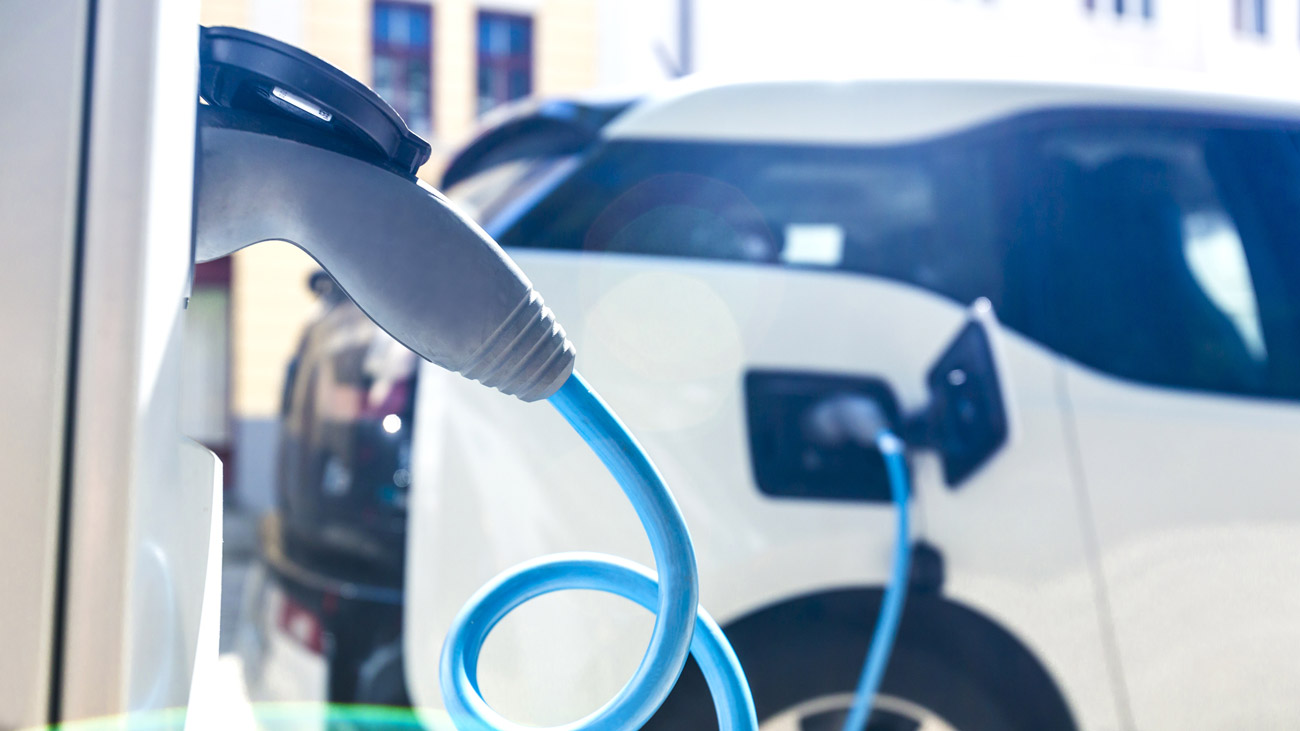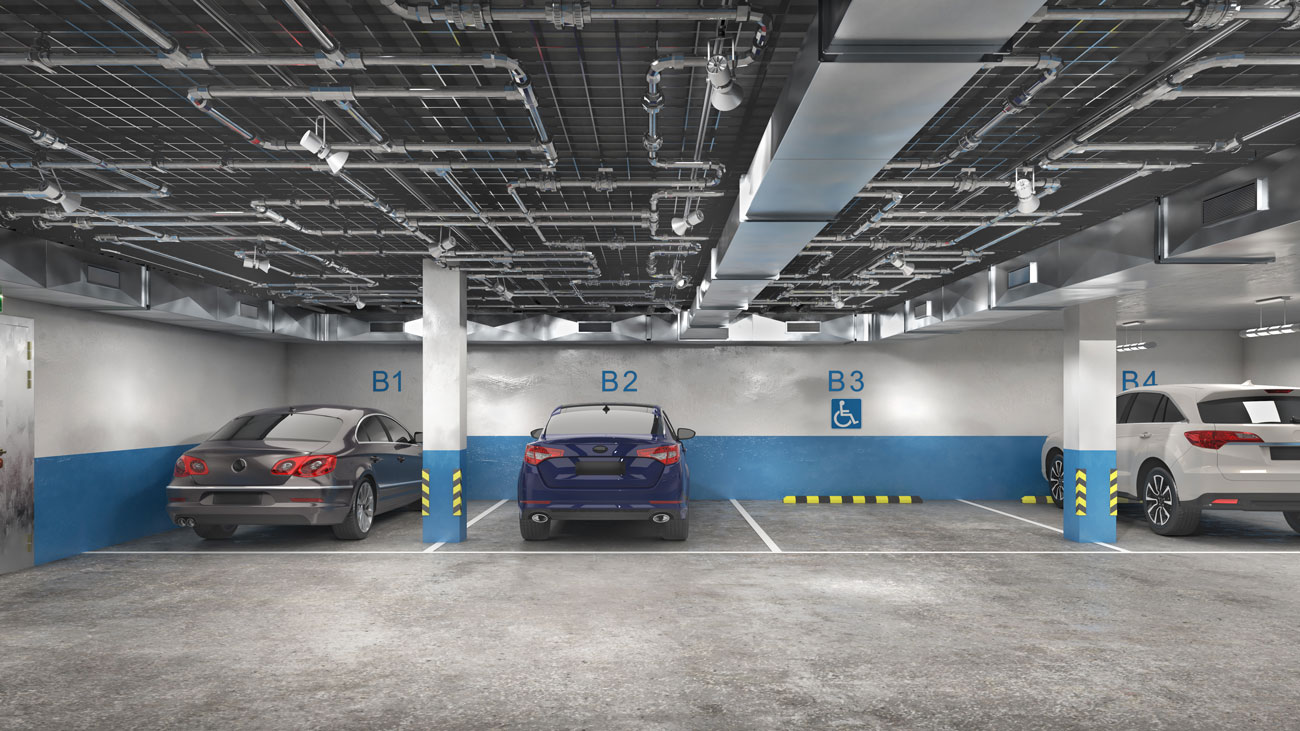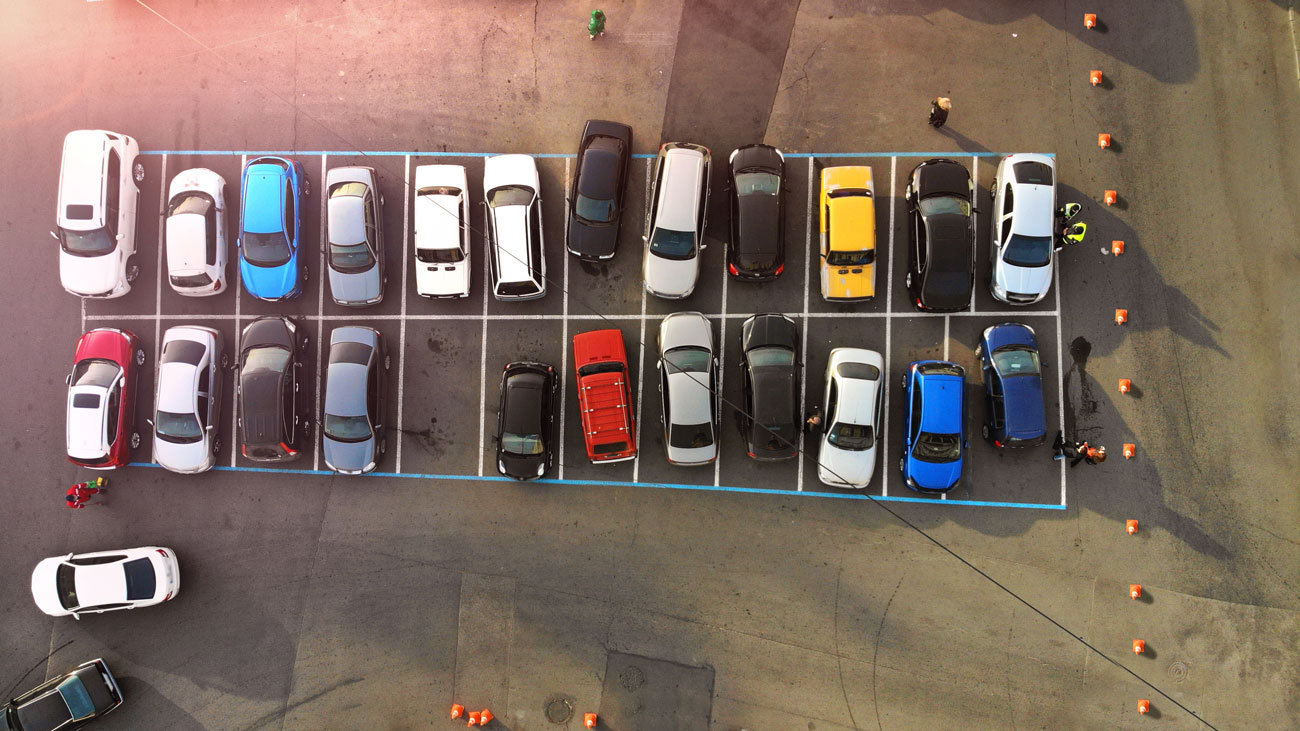
Businesses must go further to ensure EV charging safety
There are currently more than 940,000 plug-in cars registered in the UK and the sale of new cars and vans with petrol and diesel engines will be banned from 2030. In addition, the government has set a target to increase the number of public charging points to at least 300,000 by the same date in a bid to boost the take-up of EVs. It also announced recently plans for a £20 million pilot scheme to give drivers greater access to EV charge points across the country.
This is set to cause a sharp rise in the number of businesses putting EV charging points on their continuity plans for 2023. Having a robust strategy in place to manage the installation, functionality and regular maintenance of charging points will form a vital part of this.
Whilst the industry average for inspecting an EVCS is every three years, EV charging expert Bureau Veritas recommends to all clients that to reduce potential risk and harm to the user, EVCS should be tested every year – particularly as they are still a fairly new piece of equipment and the rate at which they are installed continues at rapid pace.
Further regulations, which came into force in 2020 as part of the IET Wiring Regulations (18th Edition), state that residual current device (RCDs) must be fitted within an EV charging point and tested every six months. An RCD connects to the live wires within the device and will cut off the power if an electrical fault is detected. This works to prevent fatal electric shocks for charge points users and potentially protect against electrical fires.
George White, Senior Consultant for Electric Vehicles at Bureau Veritas, said:
“An EV charging point is an extremely large and high-powered piece of kit and should be treated as such when it comes to safety. Like any fixed electrical installation, duty holders are required under the Electricity at Work Regulations 1989 to ensure the safety of EV charging points, including maintaining electric vehicle systems to limit danger to employees, visitors or other persons. What’s crucial with EVCS is that not only do they supply a significant amount of power (rapid chargers supply a minimum of 25kW), they also aren’t being handled by specialist electricians, but by any member of the public who drives an electric vehicle. This can pose a serious threat if it hasn’t been properly maintained and inspected.”
White goes on to say:
“A lot can change in rules and regulations around EV charging and with rapidly developing associated infrastructure we would always recommend that charge points are checked on an annual basis to ensure utmost safety for the user. This differs for standard electrical items in buildings due to the potential risks. As well as offering routine annual inspection and testing for EV charge points, Bureau Veritas is able to support businesses to comply with the 18th Edition on RCD testing.”
There are a number of hazards associated with car parks, including:
- Over-parking and site congestion, resulting in dangerous manoeuvres.
- Lack of properly segregated or poorly marked parking areas without clearly defined pedestrian routes.
- Security and crime concerns, as well as vehicle-related crime.
Car park owners should ensure that any new equipment installed to charge EVs does not cause a safety issue.
Bureau Veritas is an independent authority able to support in the transition to EVs.






